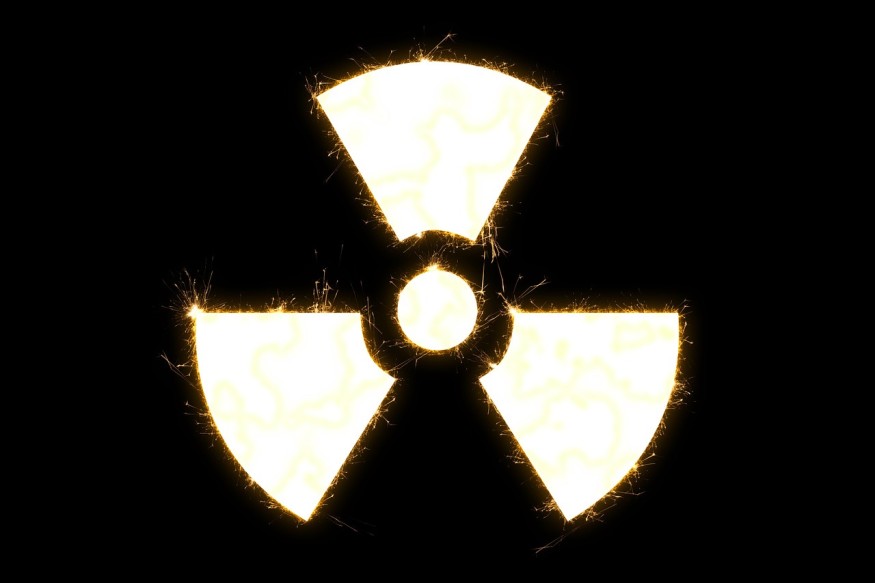A previously unknown isotope of the highly radioactive element uranium has been discovered and synthesized. Scientists found that it could only last for up to 40 minutes before it starts to decay into other elements.
The team of nuclear physicists from multiple institutions in Japan and Korea revealed the new uranium isotope in their study, titled "Discovery of New Isotope 241U and Systematic High-Precision Atomic Mass Measurements of Neutron-Rich Pa-Pu Nuclei Produced via Multinucleon Transfer Reactions," which was published in the journal Physical Review Letters.

First Neutron-rich Uranium Isotope
Uranium is an element in the periodic table categorized as one of the four "actinides" along with radium, polonium, and thorium. According to Live Science, this group of elements has proton counts ranging between 89 and 103 and is known for its radioactive properties.
The recent discovery of the isotope of uranium known as uranium-241 has been identified to have 92 protons and 149 neutrons, making it the first new neutron-rich isotope of uranium discovered since 1979.
The same element's isotopes always have the same number of protons but may have varying numbers of neutrons. Neutron-rich isotopes have more neutrons than what is typical for that element. The discovery is a result of measuring the masses of 19 different isotopes of actinides by researchers at the High-energy Accelerator Research Organization in Japan. It also included identifying the new uranium isotope.
Toshitaka Niwase, the study's lead author, told Live Science that they measured the masses with high precision and discovered the first new neutron-rich uranium isotope in over 40 years.
Determining the properties of neutron-rich isotopes is a bit challenging because of the problems that may come when creating them. But separate research from scientists at the Lawrence Berkeley National Laboratory and the University of California found 19 new heavy isotopes in which one of which is uranium-241, which was never been observed before, Phys.org reported.
Finding these isotopes might lead to revisions in nuclear power plant and weapon models, as well as ideas describing the behavior of exploding stars. The researchers proposed that their method of finding may be utilized to learn more about other heavy isotopes and even discover new ones.
Uranium-241's Half-life
As Live Science reported, the team has yet to measure the half-life of uranium-241, but Niwase and his team estimate it to be around 40 minutes. It is quite short for a half-life given that other isotopes could have a half-life of thousands of years, such as carbon-14 with a half-life of 5,730 years. But the fastest half-life of an isotope is hydrogen-7 with only 10^-23 seconds.
Niwase noted that they used the method known as "multinucleon transfer" to create uranium-241 by firing a sample of uranium-238 at platinum-198 nuclei at the RIKEN accelerator in Japan. The mass of the isotopes was then calculated by watching how long it took the nuclei to travel a specific distance.
The team acknowledges that, while uranium-241 is produced in modest quantities, it may not have many practical or scientific applications just now.
RELATED ARTICLE: Oxygen Isotopic Signatures in Asteroid Ryugu Samples Reveal the Space Rock's Birth Place
Check out more news and information on Isotopes in Science Times.












